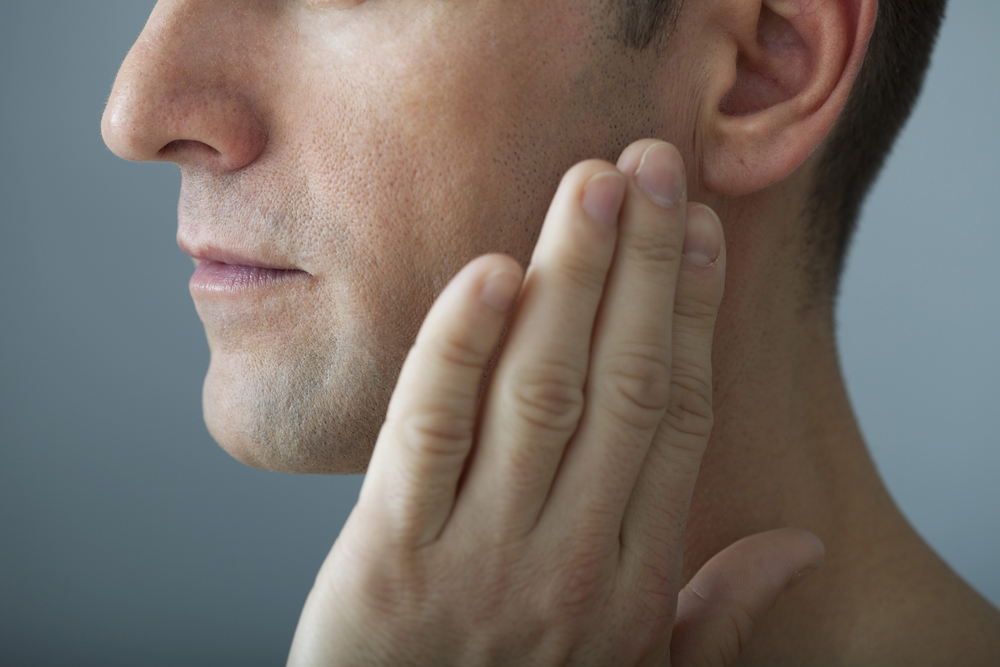
Lately, there has been a surge in conversations around TMJ, as more people become aware of this often misunderstood condition. TMJ, which stands for temporomandibular joint, refers to the joint connecting your jawbone to your skull. This joint allows you to perform essential functions like talking, chewing, and yawning. However, TMJ disorders — a type of temporomandibular joint disorder — can cause significant discomfort and affect the quality of life for those who suffer from them. Understanding TMJ disorders, their symptoms, causes, and treatments, including how braces can help, is crucial for managing this condition effectively.
Understanding TMJ Disorders
TMJ disorders encompass a range of issues related to the jaw joint and the muscles controlling jaw movement. These disorders can result from various factors, including injury, arthritis, genetics, or jaw misalignment. The symptoms can vary widely but commonly include jaw pain, difficulty chewing, a clicking or popping sound when opening or closing the mouth, and in severe cases, the jaw may lock in an open or closed position.
The exact cause of TMJ disorders is often difficult to determine, but it typically involves a combination of factors. For example, trauma to the jaw or head can directly impact the temporomandibular joint. Additionally, conditions like arthritis can damage the joint’s cartilage, and habitual behaviors such as teeth grinding (bruxism) or clenching can exacerbate the issue.
Symptoms and Diagnosis
Recognizing the symptoms of TMJ disorders is the first step toward seeking appropriate treatment. Common symptoms include:
1. Pain and Tenderness: This can be felt in the jaw joint area, neck, shoulders, and around the ear when chewing, speaking, or opening your mouth wide.
2. Limited Movement: Difficulty in opening your mouth fully or a jaw that gets stuck or locks.
3. Jaw Sounds: Clicking, popping, or grating sounds in the jaw joint when opening or closing the mouth.
4. Facial Pain: Generalized pain in the face, which can sometimes be mistaken for earaches or headaches.
5. Uncomfortable Bite: A feeling that the upper and lower teeth do not fit together properly.
A dentist or a TMJ specialist can diagnose the condition through a combination of physical examination and imaging tests like X-rays, CT scans, or MRIs. They will assess the range of motion in your jaw, listen for sounds, and feel the areas around your jaw to pinpoint the cause of discomfort.
Treatment Options
Once diagnosed, several treatment options can alleviate the symptoms and improve the function of the jaw. These range from conservative treatments to more invasive procedures, depending on the severity of the disorder.
Conservative Treatments
1. Medications: Over-the-counter pain relievers and anti-inflammatories can help manage pain. In some cases, muscle relaxants or antidepressants may be prescribed.
2. Therapies: Physical therapy exercises to strengthen and stretch jaw muscles, along with techniques to improve posture and reduce stress, can be beneficial. Cognitive-behavioral therapy may also be used to manage stress and anxiety that contribute to teeth grinding.
3. Oral Appliances: Splints or mouth guards can be worn at night to prevent teeth grinding and clenching, reducing strain on the TMJ.
Advanced Treatments
1. Injections: Corticosteroid injections into the joint can provide relief from pain and inflammation. Botox injections may also be used to relax the muscles around the jaw.
2. Surgery: In severe cases where other treatments have failed, surgical options like arthroscopy, open-joint surgery, or joint replacement may be considered.
How Braces Can Help
One effective treatment for TMJ disorders that is often overlooked is orthodontics. Braces can help as a treatment by correcting the alignment of the teeth and jaw, which can alleviate the stress on the temporomandibular joint.
When teeth are misaligned, it can lead to an improper bite, causing the jaw to work harder and increasing the likelihood of developing TMJ disorders. Braces help by gradually moving the teeth into the correct position, ensuring that the bite is properly aligned. This reduces the strain on the jaw muscles and joints, alleviating pain and improving overall function.
Orthodontic treatment with braces is a long-term solution that addresses the root cause of TMJ disorders rather than just the symptoms. By achieving a proper bite, braces can prevent further damage to the jaw joint and reduce the likelihood of future TMJ issues. Additionally, modern orthodontic treatments, including clear aligners, offer a more comfortable and aesthetically pleasing option for correcting jaw alignment.
TMJ disorders are a common but often misunderstood condition that can significantly impact one’s quality of life. Understanding the symptoms and seeking appropriate treatment is essential for managing this disorder effectively. While various treatment options are available, it’s crucial to address the underlying causes of TMJ disorders. Braces offer a promising solution by correcting misalignment and reducing stress on the temporomandibular joint. If you suspect you have a TMJ disorder, consult with a dental professional to explore the best treatment options for your specific situation.




